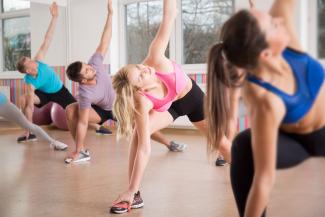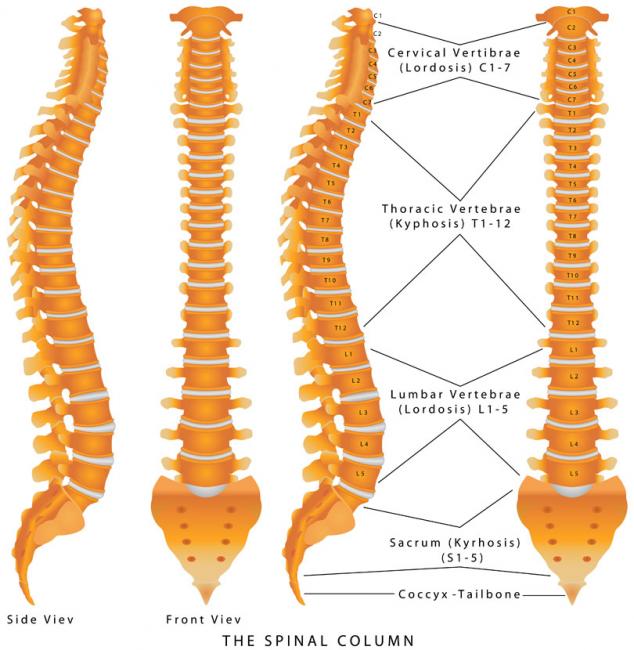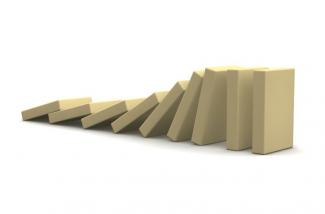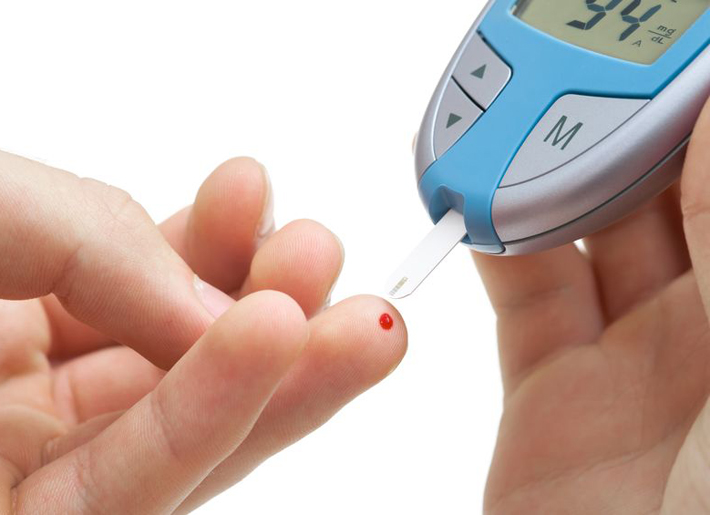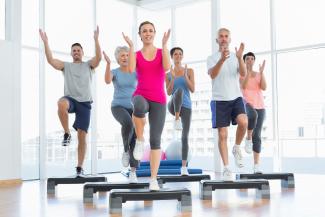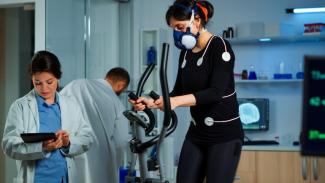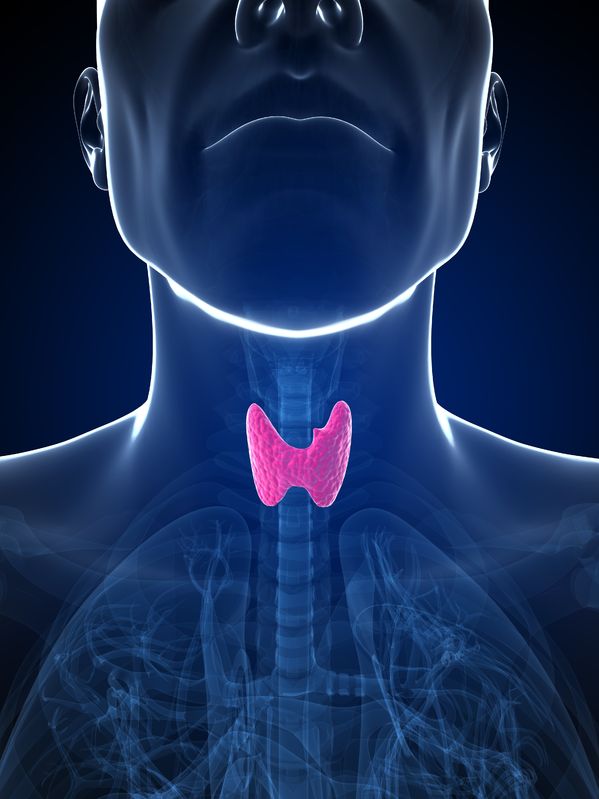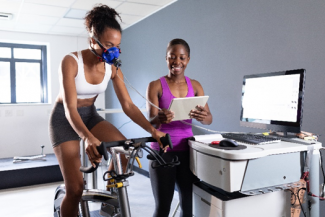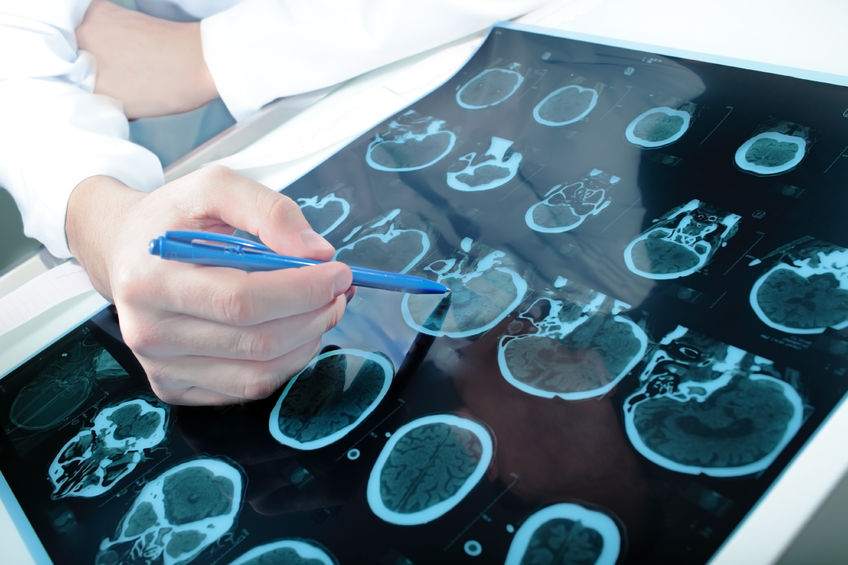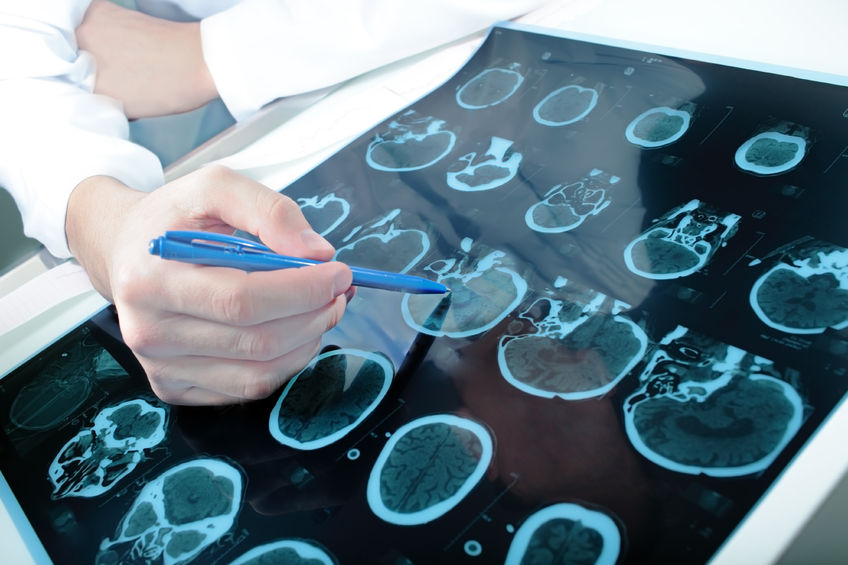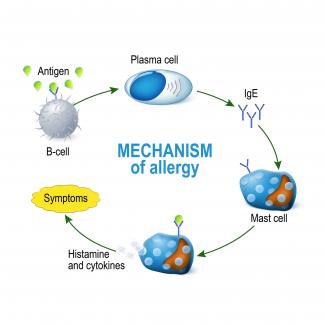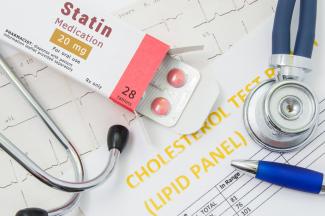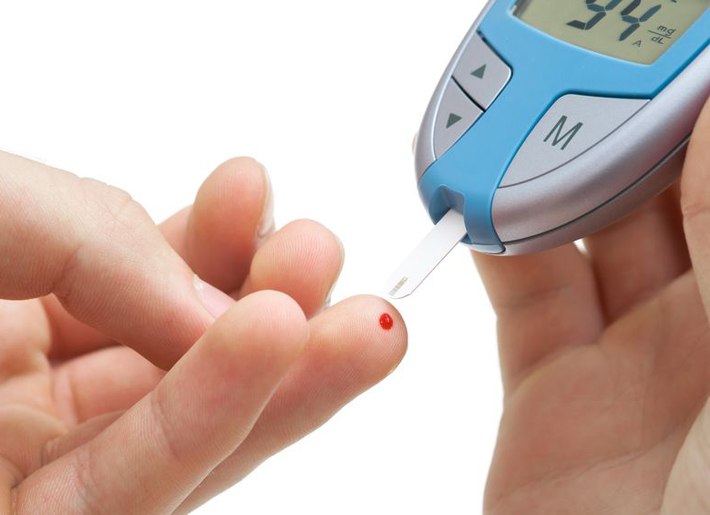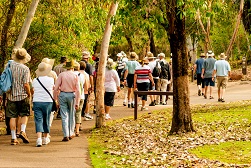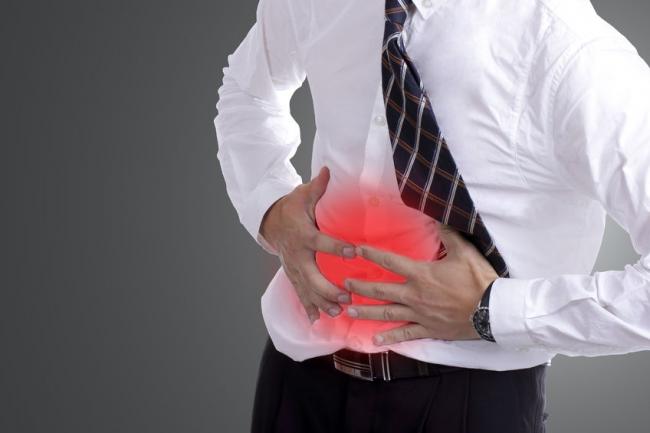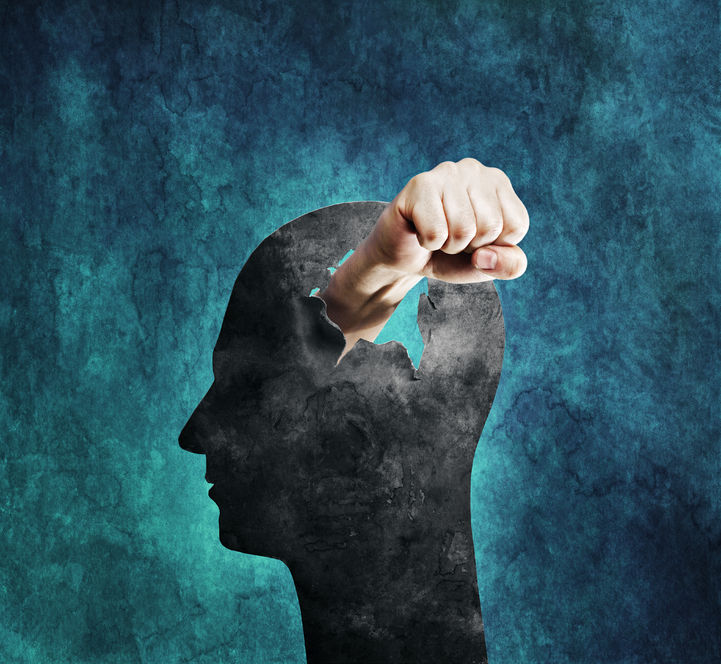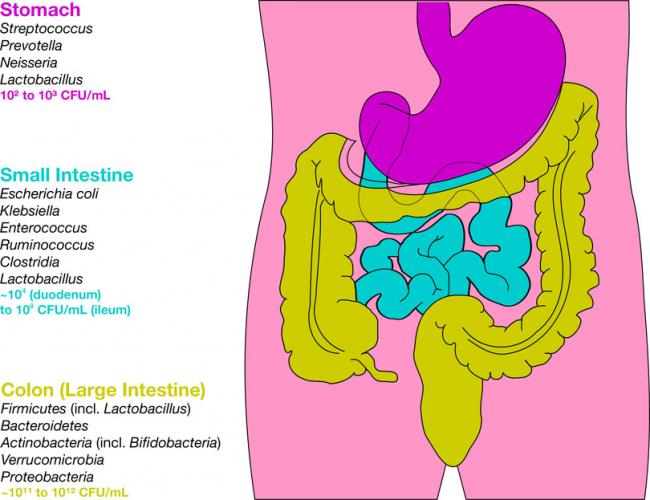Related Articles
- 15 Sep 17
- 11 Mar 16
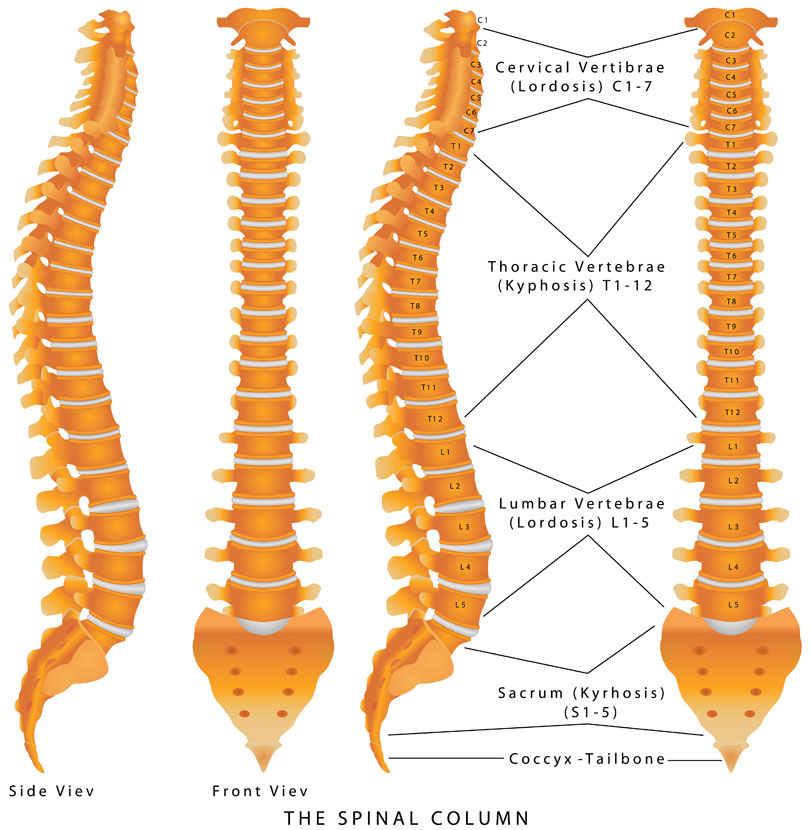 Walk down a busy street and you’ll see some atrocious body language and posture. Most people are hunched over, head down, eyebrows furrowed, and probably typing away on their cell phones. Anybody who is sitting is almost guaranteed to be hunched over: driving, eating, talking, on the phone, going to the toilet, working at a desk, studying, etc.
Walk down a busy street and you’ll see some atrocious body language and posture. Most people are hunched over, head down, eyebrows furrowed, and probably typing away on their cell phones. Anybody who is sitting is almost guaranteed to be hunched over: driving, eating, talking, on the phone, going to the toilet, working at a desk, studying, etc. - 03 Feb 15
 Without question, receiving a cancer diagnosis is life altering, and may bring with it more fear than any other diagnosis. Patients may fear for their life, fear telling their family, friends and coworkers, and fear what the treatment will be like. This has a huge psychological impact, and stress levels are drastically increased.
Without question, receiving a cancer diagnosis is life altering, and may bring with it more fear than any other diagnosis. Patients may fear for their life, fear telling their family, friends and coworkers, and fear what the treatment will be like. This has a huge psychological impact, and stress levels are drastically increased. - 11 Oct 18
Your period is late—really late. You’re not pregnant, and you’re not menopausal. You may have missed one cycle or several. Of course, it’s worrisome: Many women who have missed one or more periods often take several pregnancy tests just to be certain. But the causes of a missed period go well beyond the possibility of pregnancy.
- 21 Dec 16
- 03 Feb 15
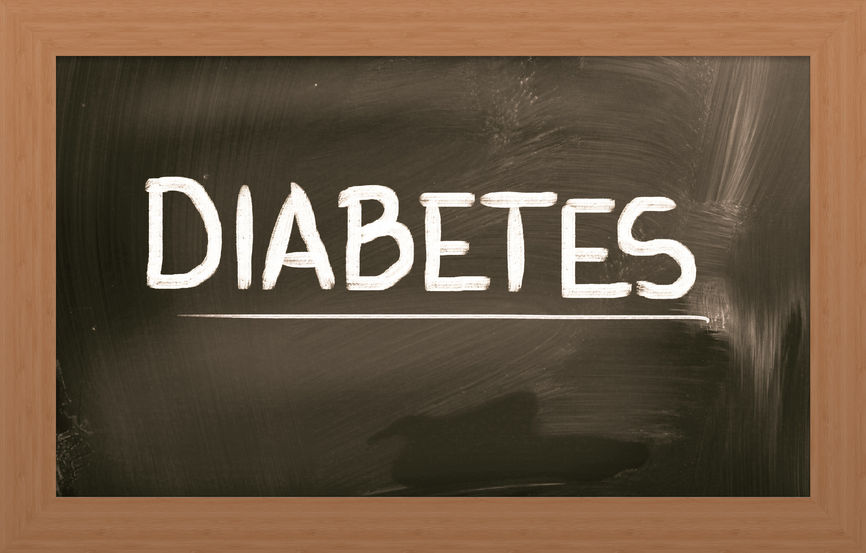 Gestational diabetes mellitus (GDM) is a pregnancy complication defined as impaired blood sugar regulation beginning in pregnancy, and is no longer present after delivery. Although prevalence varies, a recent study by the CDC reports that as many as 9.2% of pregnancies are affected by gestational diabetes.
Gestational diabetes mellitus (GDM) is a pregnancy complication defined as impaired blood sugar regulation beginning in pregnancy, and is no longer present after delivery. Although prevalence varies, a recent study by the CDC reports that as many as 9.2% of pregnancies are affected by gestational diabetes. - 19 Jun 19
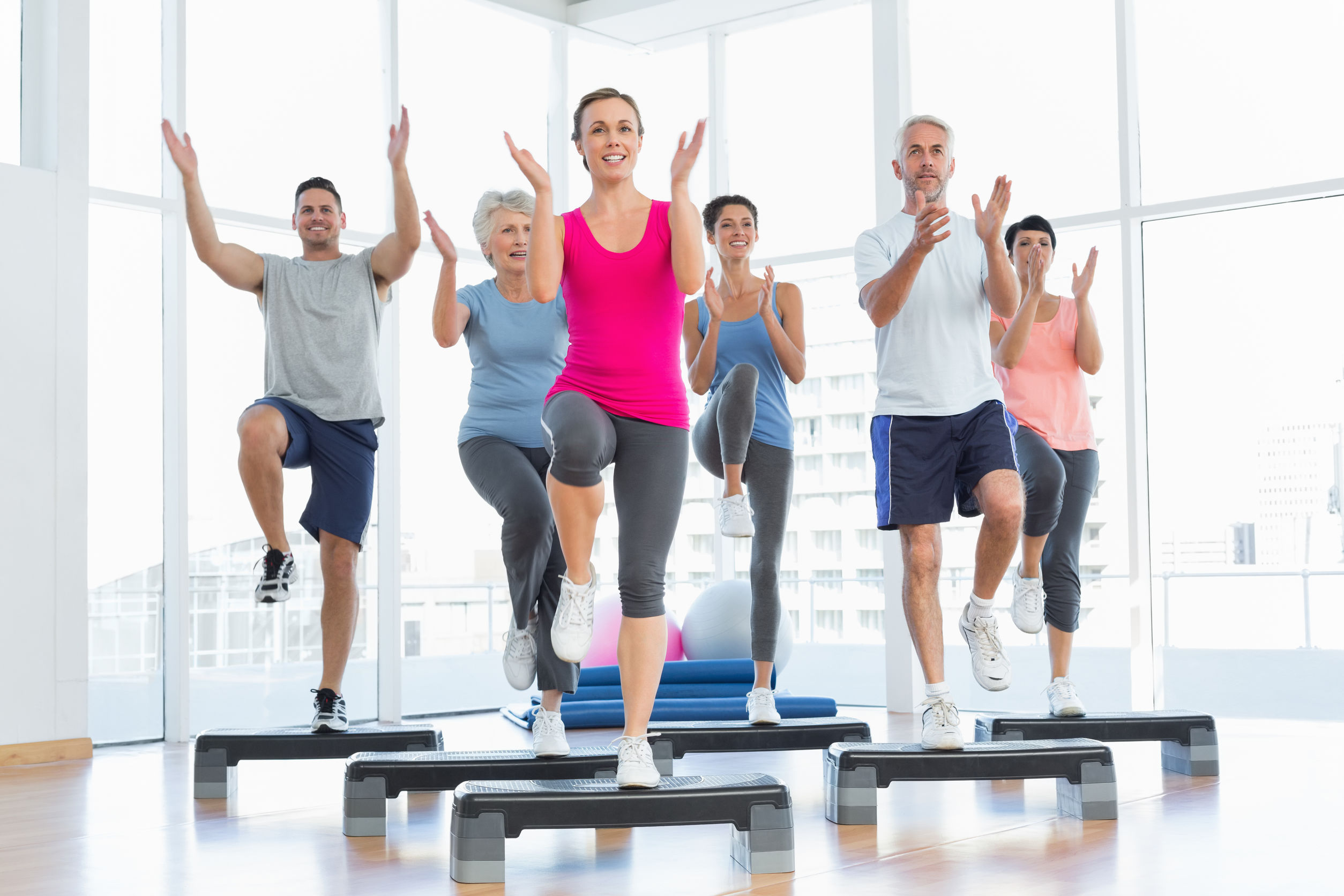 Many of us are aware that exercise is an important part of creating a healthy and balanced life. And yet, many more of us are so quick to create excuses and avoid the effort it takes to get our bodies moving. The truth of the matter is, there is no pill that can replicate what exercise can do for the human body. And like everything else that we do to occupy our time, if it is important enough to us, we will make it a priority. Exercise is an important part of managing every health concern, and here are three of my favourites.
Many of us are aware that exercise is an important part of creating a healthy and balanced life. And yet, many more of us are so quick to create excuses and avoid the effort it takes to get our bodies moving. The truth of the matter is, there is no pill that can replicate what exercise can do for the human body. And like everything else that we do to occupy our time, if it is important enough to us, we will make it a priority. Exercise is an important part of managing every health concern, and here are three of my favourites. - 16 Jun 21
Protocols in naturopathic practice are designed to help increase health span while taking into consideration the extent of disease, a variety of modalities or tools of applicability, and patient choice and values; however, exercise prescriptions stand out as part of a foundational approach nearly ubiquitous and necessary for almost everyone.
- 18 Jan 17
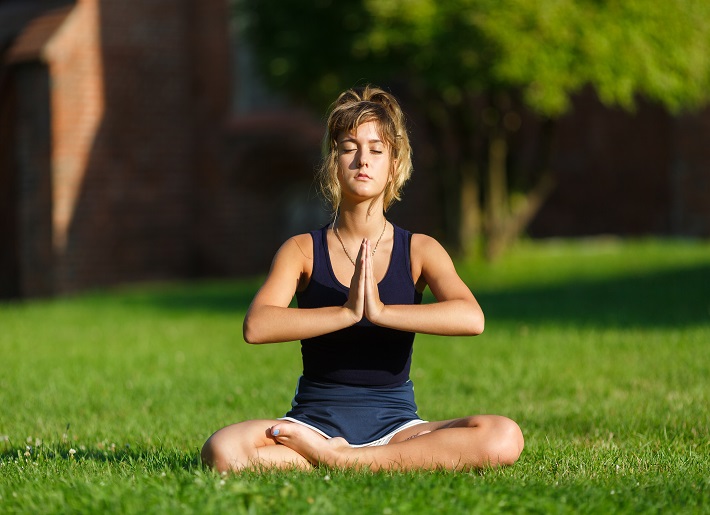 The diagnosis of mental-health disorders in Canada are increasing in number. One in five Canadians will personally experience a mental illness in their lifetime. Almost everyone will be affected by a mental-health disorder—either experiencing a mental-health concern themselves or having someone in their life struggle.
The diagnosis of mental-health disorders in Canada are increasing in number. One in five Canadians will personally experience a mental illness in their lifetime. Almost everyone will be affected by a mental-health disorder—either experiencing a mental-health concern themselves or having someone in their life struggle. - 15 Aug 17
- 06 Nov 14
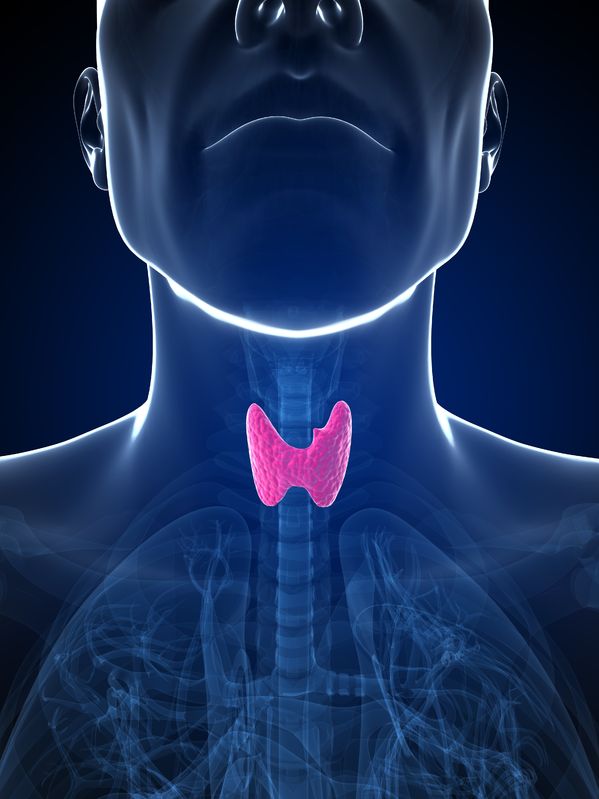 The thyroid gland is an endocrine organ responsible for metabolism in the body, regulating functions such as energy use, body temperature and heart rate. The thyroid gland first produces and secretes the hormone thyroxine (T4), generally an inactive hormone, which is then converted to its active form, triiodothyronine (T3).
The thyroid gland is an endocrine organ responsible for metabolism in the body, regulating functions such as energy use, body temperature and heart rate. The thyroid gland first produces and secretes the hormone thyroxine (T4), generally an inactive hormone, which is then converted to its active form, triiodothyronine (T3). - 08 Nov 18
There are many things that I enjoy, but on the top of this list, in a close call with spending time with my three awesome kids, is gardening. From the first few warm weather days of spring until the crisp autumn air sends me inside to warm up with my botanical references, you can find me in the garden. Whether it be with the vegetables, herbs, or various perennials that I have collected over the years, gardening fills me with a joy that I’m sure others can relate to.
- 20 Sep 19
 Thinking of conceiving? You may have heard about the “100 days”—the time it takes for an egg to mature. For men, it takes about 80 days for sperm to mature. During this time of development and maturation, a woman’s follicles and a man’s sperm are extremely vulnerable to DNA damage from exposure to toxins, systemic or chronic inflammation, and nutrient deficiencies. This means that for many who are ready to or are thinking of conceiving in the not-so-far future, the health of their eggs and sperm can be greatly impacted before they are even released, either during ovulation or ejaculation. This is the window that we need to take advantage of, to increase the health of our eggs and sperm to increase the odds of a viable and healthy egg, and fertilization.
Thinking of conceiving? You may have heard about the “100 days”—the time it takes for an egg to mature. For men, it takes about 80 days for sperm to mature. During this time of development and maturation, a woman’s follicles and a man’s sperm are extremely vulnerable to DNA damage from exposure to toxins, systemic or chronic inflammation, and nutrient deficiencies. This means that for many who are ready to or are thinking of conceiving in the not-so-far future, the health of their eggs and sperm can be greatly impacted before they are even released, either during ovulation or ejaculation. This is the window that we need to take advantage of, to increase the health of our eggs and sperm to increase the odds of a viable and healthy egg, and fertilization. - 01 May 21
A holistic approach to chronic-disease prevention and treatment often includes exercise therapy as an essential modality. Exercise is generally considered a healthy activity, with few exceptions, and its application is a logical addition to any health program.
- 05 Aug 14
- 02 Aug 19
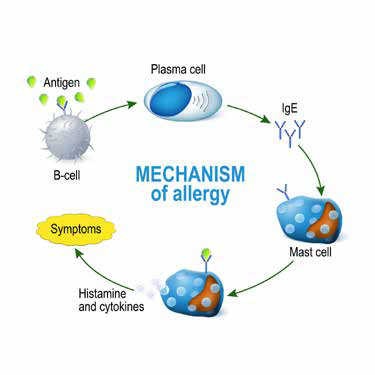 Spring has finally arrived and with it has come lots of sunshine, birds coming out to play, and unfortunately, also a lot of sneezing, runny noses, and congestion. For allergy sufferers, this time of year can be both a blessing and curse. While the most effective way to deal with your allergies is to prepare your body 2-3 months BEFORE "allergy season", there are still ways you can help reduce symptoms.
Spring has finally arrived and with it has come lots of sunshine, birds coming out to play, and unfortunately, also a lot of sneezing, runny noses, and congestion. For allergy sufferers, this time of year can be both a blessing and curse. While the most effective way to deal with your allergies is to prepare your body 2-3 months BEFORE "allergy season", there are still ways you can help reduce symptoms. - 02 Aug 19
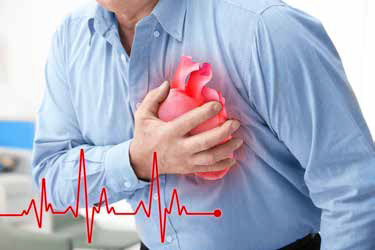 Statin Side Effects It is no surprise to us that cardiovascular disease tops the list of killers in the world. Every one of us knows at least one other person in our families that has been affected by a heart condition. In 2013, Stats Canada estimated this second leading cause of death to affect more than 2.4 million Canadians (1). This number is expected to increase over the next few decades as the effects of sedentary office jobs and unhealthy eating patterns takes its toll.
Statin Side Effects It is no surprise to us that cardiovascular disease tops the list of killers in the world. Every one of us knows at least one other person in our families that has been affected by a heart condition. In 2013, Stats Canada estimated this second leading cause of death to affect more than 2.4 million Canadians (1). This number is expected to increase over the next few decades as the effects of sedentary office jobs and unhealthy eating patterns takes its toll. - 05 Jul 19
As summer wears on, the long hot days fade into warm nights. For those of you who spend a lot of time outside, it can seem like you never really get a break from the heat. Hopefully, when you really get hot you can find some air conditioning, get into a shady spot, or cool off in some water. It is also important that you have plenty of cool water to drink, otherwise you can quickly become dehydrated and risk developing heat exhaustion or heat stroke.
- 02 Sep 15
 Type 2 diabetes is a condition where the body does not make enough insulin or is not sensitive to the insulin that is produced. Because insulin is needed to drive glucose into the many of the body’s cells, this leads to a state of chronic hyperglycemia (elevated sugar) in the blood. Early signs of hyperglycemia include polydipsia (increased thirst),
Type 2 diabetes is a condition where the body does not make enough insulin or is not sensitive to the insulin that is produced. Because insulin is needed to drive glucose into the many of the body’s cells, this leads to a state of chronic hyperglycemia (elevated sugar) in the blood. Early signs of hyperglycemia include polydipsia (increased thirst), - 18 Mar 19
The physical pain caused by arthritis can render many patients sedentary for fear of injury and aggravation. It can especially be limiting with regards to exercise if joints like the knees, hips, or anywhere in the spine is affected.
Newsletter
Most Popular
- 07 May 15
- 26 Aug 13
- 17 Jun 13
- 17 Jun 13
- 17 Jun 13
- 01 Jul 13
- 17 Jun 13
- 17 Jun 13
- 17 Jun 13
- 01 Jul 13
- 17 Jun 13
- 17 Jun 13
- 17 Jun 13
- 01 Jul 13


